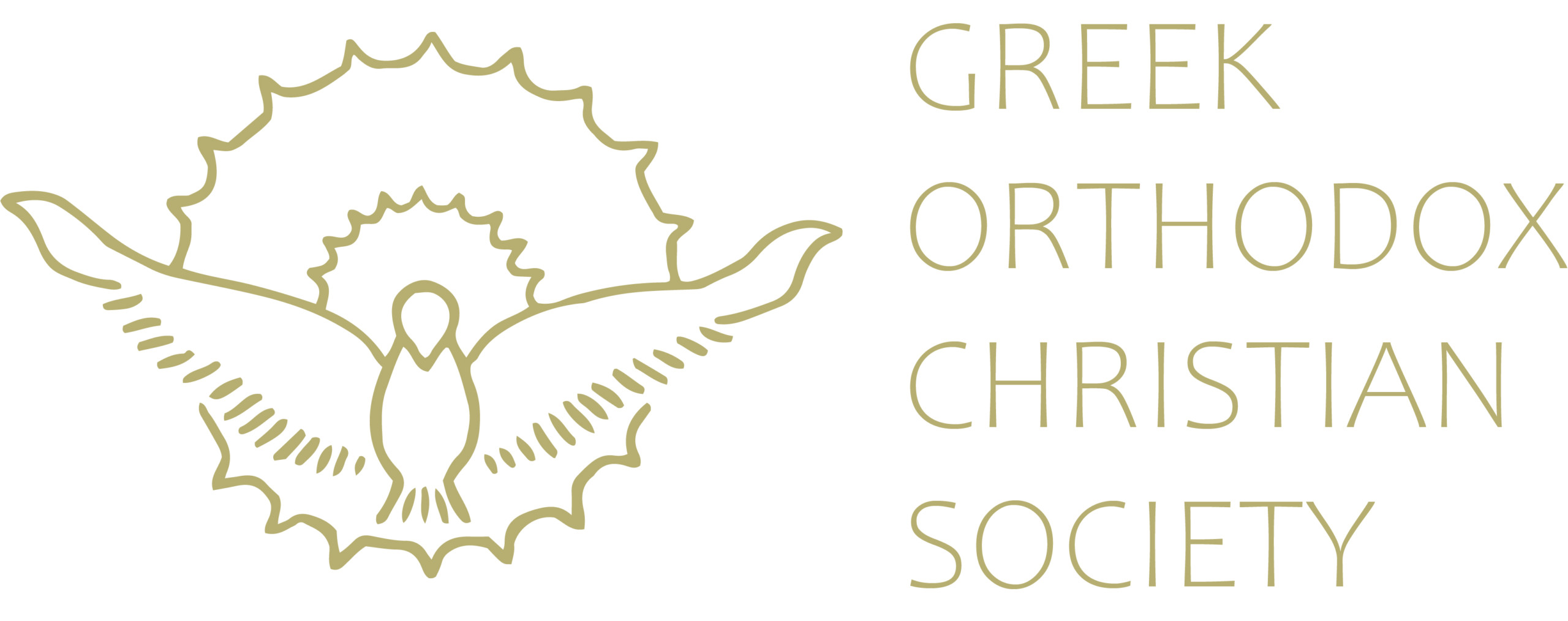In Exodus 33:18 Moses asks God: “Please, show me Your glory”! But the vision of God as presented in the Holy Scriptures may sometimes appear contradictory. Some passages characterise such a vision as impossible whereas others state the opposite. From the Old Testament, we read: “the Lord spoke to Moses face to face, as a man speaks to his friend”. At the same time a few verses later God tells Moses: “You cannot see My face, for no man can see My face and live” (Exodus 33:11,20). Likewise, in the New Testament Christ teaches: “blessed are the pure in heart for they shall see God” (Matt. 5:8), whereas St Paul states that God is He “whom no one has ever seen or can see” (1 Tim. 6:16).
Noting that these visions of God were typically interpreted by the Church Fathers as appearances of the Divine Word, we can conclude that the vision of God supported by the Scriptures is in fact a vision of the Son rather than the Father. This is affirmed by St John the Apostle and Evangelist who wrote: “no one has ever seen God; the only begotten Son, who is at the Father’s side, He has made Him known” (John 1:18).
If therefore the Old Testament theophanies offered small glimpses into the glory of God through Christ, what can we say about the vision of God on Mt Tabor where there is a complete manifestation of the Holy Trinity in which the Son is transfigured, the Father speaks, and the Holy Spirit overshadows the whole mountain by the bright cloud? Furthermore, what did the three Disciples actually see? How can Christ be transfigured? Is it not written that “Jesus Christ is the same yesterday, today and forever” (Hebrews 13:8)?
The answers to these questions came decisively in the fourteenth century when St Gregory Palamas explained that it is impossible to see God’s Essence, because it is inconceivable to all created beings, yet it is possible to know God by His Divine Energies through which He makes Himself approachable. Thus, the glory of God which is presented as light, as a cloud, as darkness, as fire, as a storm, and as a gentle breeze in the Old Testament, and which also shone on Mt Tabor as an unapproachable light, is a vision of the Uncreated Energies of God.
Thus Christ did not change on Mt Tabor: He is always God (and man) by essence. Rather, His Divine Energies were revealed to His Disciples so that they could bear witness to His Divinity, to declare that He is the Lord of all and has authority over the living and the dead. The latter is represented by the appearance of Moses who came forth from Hades, having tasted death, and Elijah who was taken up to heaven while still alive. Finally, Moses and Elijah represent the Law and the Prophets respectively, therefore as Moses died before entering the Promised Land, it follows that the Law was a shadow of the Grace that would abound with the manifestation of the Kingdom of God. But since Elijah was mysteriously translated into heaven not having tasted death, so too the Law and prophecies were not abolished but fulfilled through Christ, for He truly is the glory of God.
Source: August-September 2015 Lychnos Edition


